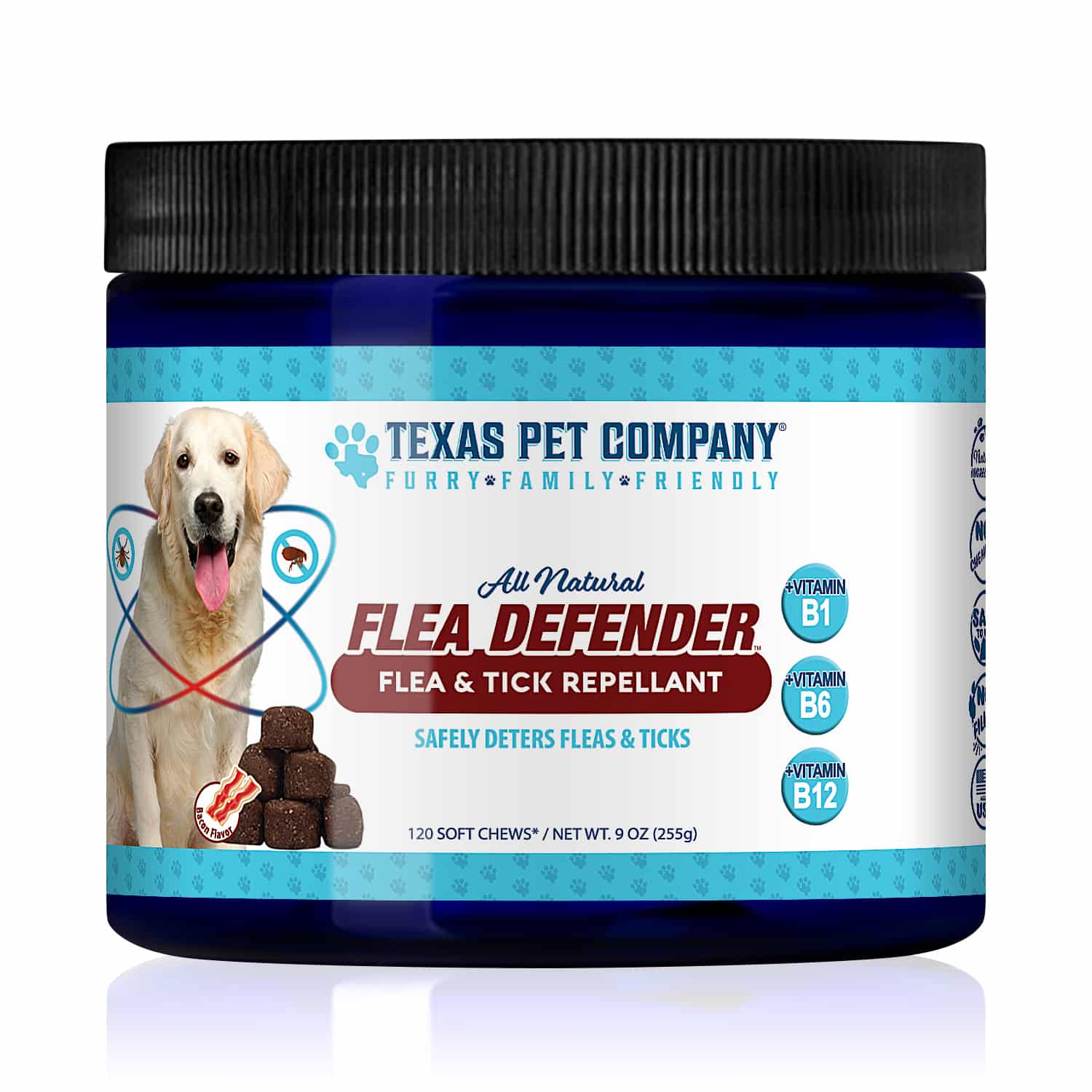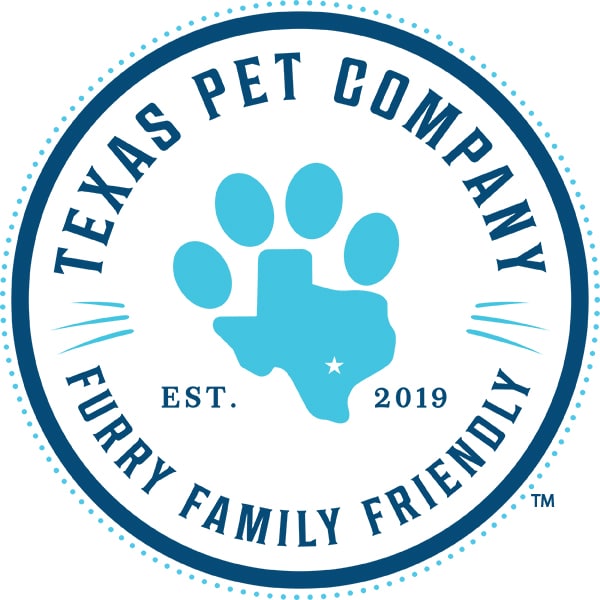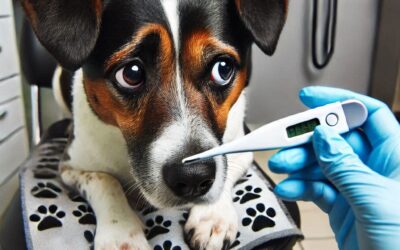If you’re like me, you’ve spent nights worrying about those pesky chemicals in your dog’s flea treatment. I’ve been there, I was googling “Is flea treatment safe?” or “What are the best natural flea prevention alternatives” at 2 AM. At the same time, my golden retriever scratched away. The good news? You’re not alone in this. There are safer alternatives. They work as well (if not better) than traditional chemical treatments.
Nearly 67% of pet owners are looking for natural alternatives to chemical flea treatments. And it’s not just because we’re all turning into health nuts! There’s real science is also backing up our concerns about traditional flea treatments.
In this guide, I’ll walk you through everything about natural flea prevention alternatives. Why it matters? How to make the switch? No fluff, just practical advice from someone who’s been in your shoes.
Table of Contents
Rising Trend Towards Natural Flea Prevention Alternatives
Remember when we used to just grab whatever flea treatment the store had on sale? I really laugh at that sometimes. Like how stupid we were. Just any problem with my bestie? I woke up now. More and more pet parents are also waking up to the reality. See what’s actually in those chemical treatments we’ve been using for years.
Dogs show sensitivity to traditional flea treatments. Suddenly all those mysterious skin issues and lethargy after flea treatments made sense. That is why shifting to alternatives is important.
Recent studies have shown that about 28% of dogs experience some form of adverse reaction to chemical flea treatments. That’s more than 1 in 4 dogs! These chemicals can cause long-term damage and risks. They might not show up for years. This is why pet owner start using natural flea prevention alternatives. And result mad them stick to it.
The environmental impact is another huge factor. Those chemicals we’re putting on our dogs? They don’t just disappear. They end up in our homes, our water, and our ecosystem. As one environmental researcher put it, “What’s bad for our pets is often bad for our planet.”
Traditional Flea Treatments: The Good, The Bad, and The Ugly
What’s really going on with those traditional flea treatments? You know, the ones with the long chemical names that no one can pronounce?
Traditional Market Solutions Include:
- Topical treatments (those liquid drops we put on our dog’s back)
- Chemical-based collars
- Oral medications
- Various sprays and powders
Now, I’m not here to completely bash these treatments. They’ve helped millions of pets. These are the things many vets aren’t telling you about the downsides:
The most common issues I’ve seen (and heard from countless other pet owners) include:
Skin irritation is a huge one. Your dog’s skin is actually more sensitive than you might think. These chemical treatments can cause anything. They can have mild irritation or severe hot spots. I’ve seen dogs who looked like they’d been through the wars after a reaction to traditional flea treatments.
Digestive problems. Just Think. We’re asking our dogs to digest powerful pesticides. Is it any wonder that some dogs end up with upset stomachs or worse?
Here’s something that really opened my eyes: the resistance factor. Bacteria are resistant to antibiotics. Just like that fleas are also becoming resistant to traditional treatments. It’s like we’re creating super-fleas!
A 2023 study from National Library of Medicine found that certain flea populations have developed resistance to common chemical treatments in as little as 5 years.
3 Best Natural Flea Prevention Alternatives: A Comprehensive Review
Now for the good stuff. I have broken down the best natural flea prevention alternatives that actually work. I’ve tried pretty much everything in my quest for chemical-free flea prevention!
#1 Chewable Natural Treats
These are honestly my favorite options. Why? They work from the inside out. The best natural chewable treats contain ingredients like:
- Brewer’s yeast (a natural flea deterrent)
- B-vitamins (which make your dog less attractive to fleas)
- Essential oils in safe, digestible amounts

The science behind these is fascinating. You know topical treatments that sit on your dog’s skin. These treats are nothing like that they work by making your dog naturally repellent to fleas. It’s like you have put an invisible force field around your pup.
#2 Essential Oils
Essential oils can be effective but it comes with big but. So be incredibly careful with them. They can work well. The application and dilution have to be just right. I learned this the hard way. I once used tea tree oil that was too concentrated (spoiler alert: not a good idea).
Safe options include:
- Lavender (in proper dilution)
- Cedarwood
- Lemongrass
Always, always dilute these properly. Plus check with your vet first. Especially if your dog has any sensitivities.
#3 Diatomaceous Earth
This stuff looks like powder but it’s actually microscopic fossils. Pretty cool, right? They are really effective natural flea prevention alternatives. It works by dehydrating fleas that come into contact. But be careful about inhalation because its application can be messy. For both you and your pet.
Pro tip: If you have decided to go this route, get food-grade DE. Apply it when your pet is out of the room. Trust me, the cleanup is worth the natural protection.
Why Natural Chewable Treats Lead the Pack
After years of trial and error (there was a lot of error), I’ve found that natural chewable treats are the most effective and convenient natural flea prevention alternatives. Here’s why:
The consistency is unbeatable. chewable treats provide steady protection. It is one of the best benefits as topical treatments can wash off or wear away. It’s like you are taking a daily vitamin versus trying to absorb nutrients through your skin. Isnt this sound more effective to you?
The convenience factor is huge too. No more wrestling with your dog to apply treatments. No more tension about kids petting your dog right after application. Just pop them a treat (which they usually love), and you’re done!
From a safety perspective, natural chewable treats are leading the pack. When they are properly formulated, they work with your dog’s system. It does not introduce any harsh chemicals to your dog. The key active ingredients are often things you might recognize from your own kitchen or supplement cabinet.
Cost comparison? Let’s break it down:
Average monthly costs:
- Traditional topical treatments: $20-30
- Chemical collars: $15-25
- Natural chewable treats: $25-35
Natural treats might seem slightly pricier upfront. Consider this: you’re often saving on potential vet visits for chemical treatment reactions. Here you’re getting additional health benefits from the natural ingredients.
Making the Switch: A Step-by-Step Guide
I’ll share the perfect heart guide to safly switch to natural flea prevention alternatives. So first things first! Don’t throw out your current flea treatment just yet.
Transition is key here.
Choose the best natural flea prevention alternatives(based on what we’ve discussed, I highly recommend starting with natural chewable treats). Then follow this timeline:
Week 1-2: Finish your current cycle as planned. Then introduce natural prevention. This overlap keeps your dog safe during the switch.
Week 3-4: Monitor your pet closely. Look for:
- Any changes in scratching behavior
- Skin condition
- Energy levels
- Overall comfort
Keep a simple log if you can. It will help you track progress and spot any patterns.
One quick tip: Start the transition during the off-peak flea season (usually early spring or late fall). This will give you time to adjust before the heavy flea season hits.
How to Know It’s Working
Physical signs are your first indicator. Look for:
- Reduced scratching
- Healthier coat shine
- No visible skin irritation
- Consistent energy levels
Behavioral changes can be subtle. My dog went from being constantly irritated to more playful and relaxed. It was like watching a transformation.
Environmental improvements? Less chemical residue, more natural balance. Your home will literally feel different cleaner, and fresher.
Research Findings
The numbers don’t lie. A comprehensive study from the University of Veterinary Medicine found that:
- 72% of dogs showed improved overall health after switching to natural treatments
- Chemical sensitivity decreased by 65%
- Long-term health markers improved consistently
Making Your Decision
Still feeling overwhelmed? Here’s a simple checklist. It will help you decide if natural natural flea prevention alternatives is right for your dog:
Consider switching to natural alternatives if:
- Your dog has shown sensitivity to chemical treatments
- You’re concerned about long-term chemical exposure
- You have multiple pets in the house
- You have young children who frequently pet your dog
- Your dog has any underlying health conditions
Remember, the best flea prevention is the one that works for your specific situation. There’s no one-size-fits-all solution. But natural alternatives are proving to be a safe and effective choice for many pet owners.
Conclusion
Listen, I know switching to natural flea prevention alternatives might feel a bit daunting. But trust me it’s not as hard as you think. Many pet owners and vets backing this approach. It’s worth considering. You’re choosing the health and safety of your dog. Be more holistic approach to your dog’s well-being.
Remember, you can always start small. Try a natural alternative alongside your current treatment (checking with your vet first, of course), and see how it goes. Your dog might just thank you for it!
Want to learn more or are you ready to make the switch? Check out our recommended natural flea prevention products, or consult with your holistic vet about the best natural options for your specific pup.
One solution
We know that it is difficult on your part to gather all of these natural ingredients and give them to your dog in specific amounts. Flea Defender soft chew dog treats are the best all-natural flea and tick prevention and repellent.
Why you should choose Flea Defender?
- Contains red rice yeast, garlic powder, and brewer’s yeast, which are the best flea preventers & repellents
- All-natural without chemicals and fillers
- Added vitamins are a bonus for dog health
- The dog will love to eat for its taste of bacon
- It is made in the United States.
Conclusion: The Future of Flea Prevention Is Natural
Making the switch to natural flea prevention alternatives is more than just a trend—it’s a science-backed, safer choice for your dog’s long-term health. With growing concerns about chemical treatments and their side effects, pet owners are realizing that nature offers powerful, effective solutions.
By choosing natural chewable treats, essential oils (with proper use), or diatomaceous earth, you’re not just protecting your pet—you’re promoting a healthier home and environment. Plus, the convenience and additional health benefits of natural flea prevention make it a worthwhile investment.
Ready to take the next step? Flea Defender soft chew dog treats provide an all-natural, vet-approved solution for flea and tick prevention. Give your pup the protection they deserve—without the harmful chemicals. Check them out today and start your journey toward a healthier, happier pet!




